

| Feminine Futures – Performance, Dance, War, Politics and Eroticism Avant-garde female artists in the fields of performance and dance Curated by Adrien Sina |

|
The Consortium Art Centre in Dijon showcases an exhibition of early twentieth-century avant-garde female artists in the fields of performance and dance (1890-1970) Opening Friday 20 June, 2014, 6 p.m. Saturday 21 June to Sunday 28 Septembre 2014 |
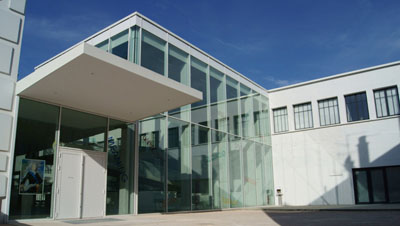 |
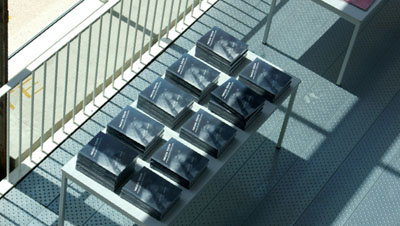 |
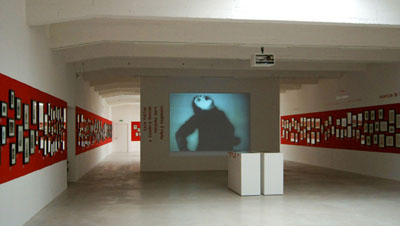 |
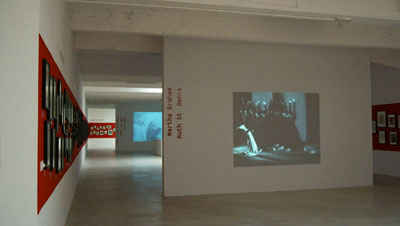 |
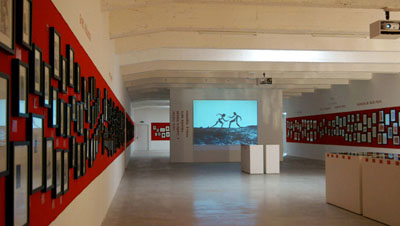 |
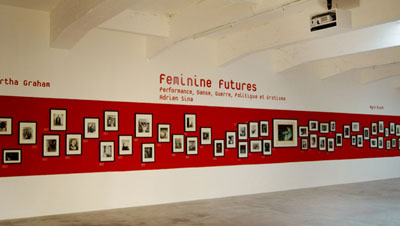 |
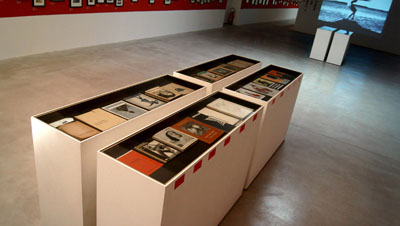 |
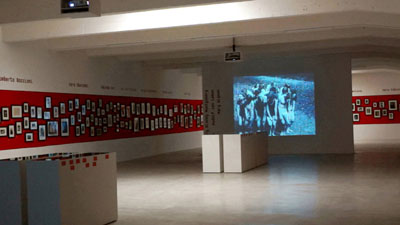 |
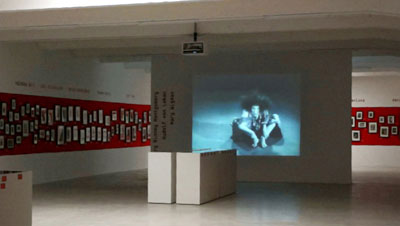 |
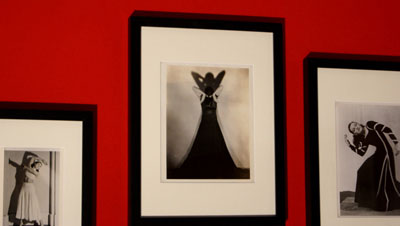 |
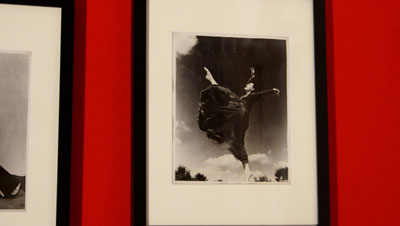 |
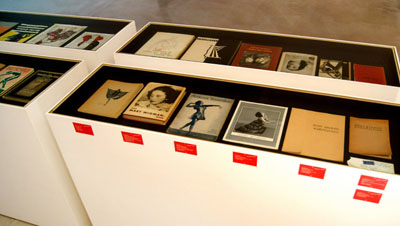 |
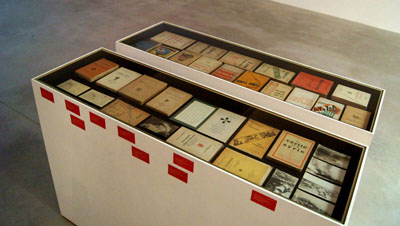 |
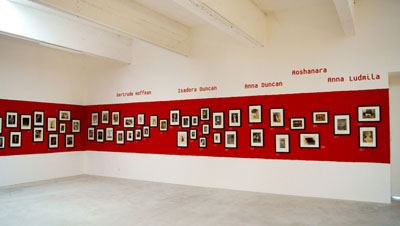 |
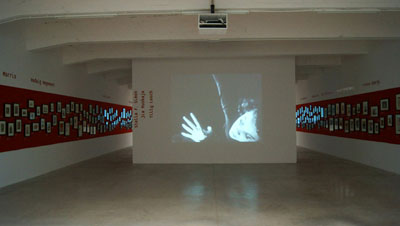 |
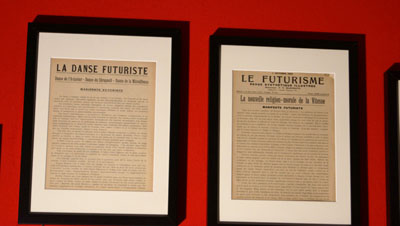 |
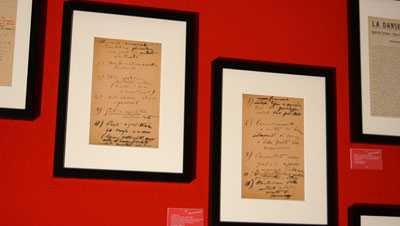 |
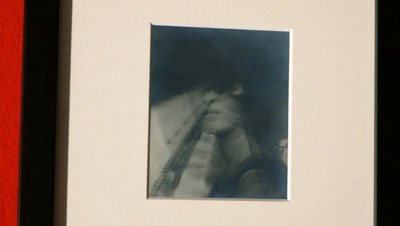 |
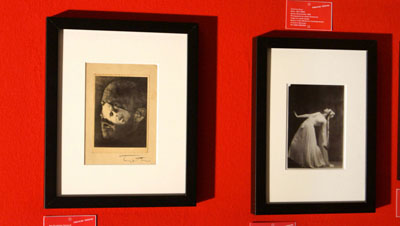 |
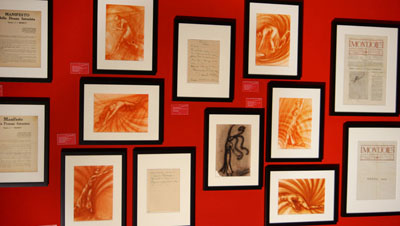 |
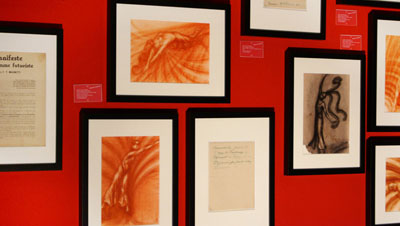 |
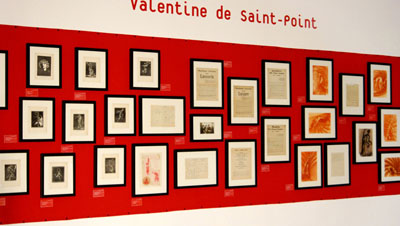 |
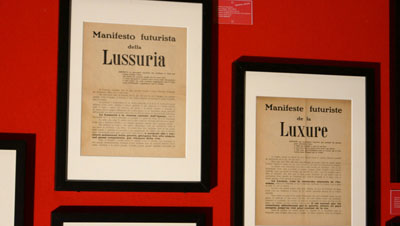 |
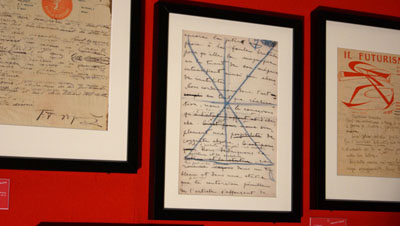 |
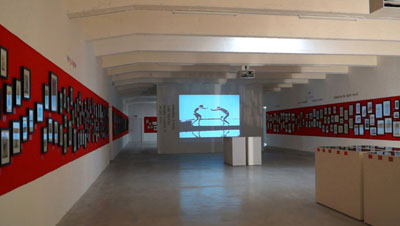 |
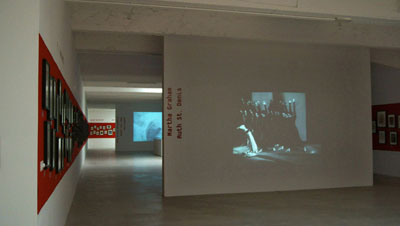 |
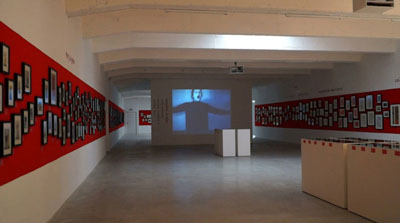 |
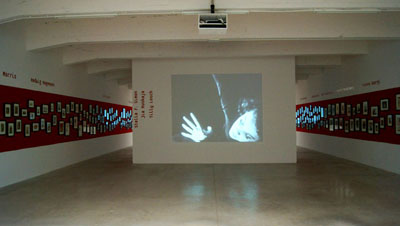 |
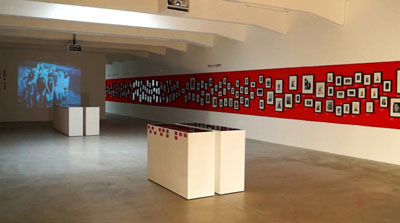 |
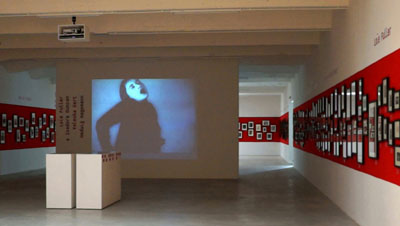 |
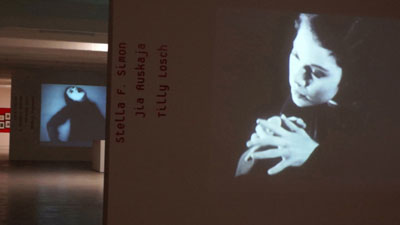 |
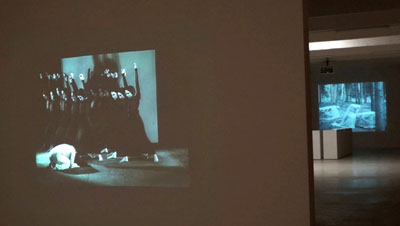 |
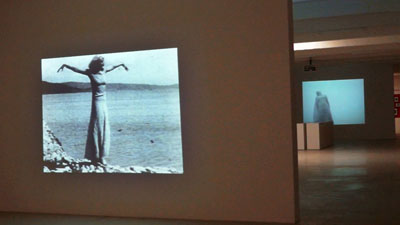 |
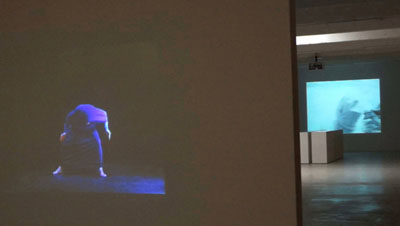 |
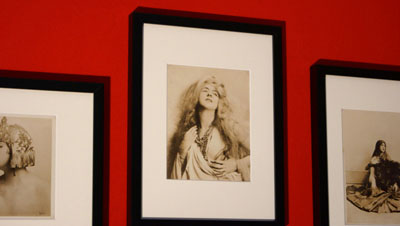
|
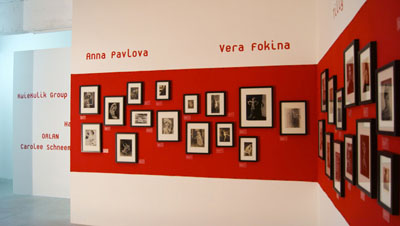 |
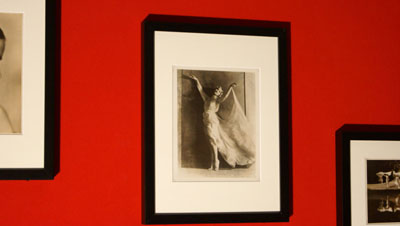 |
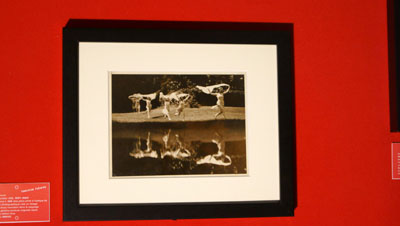 |
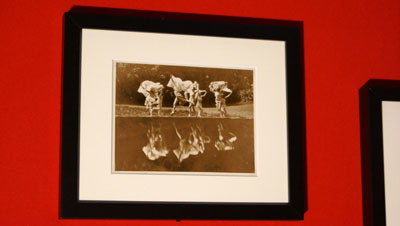 |
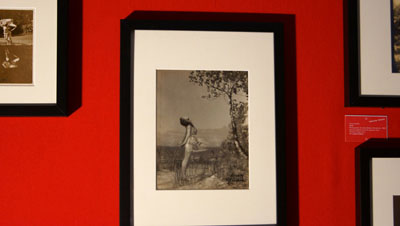 |
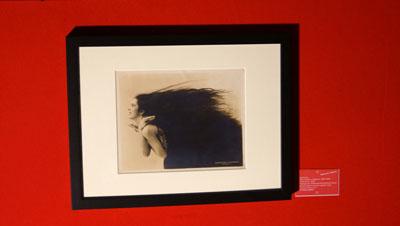 |
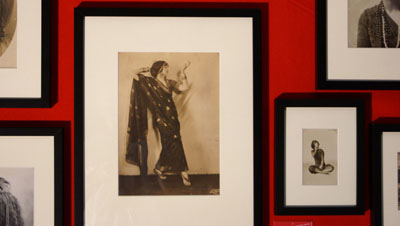 |
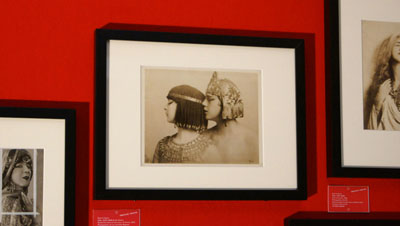 |
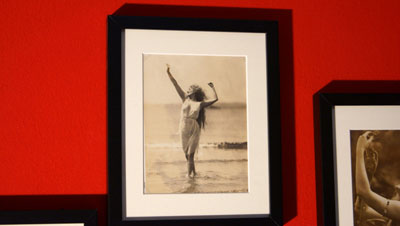 |
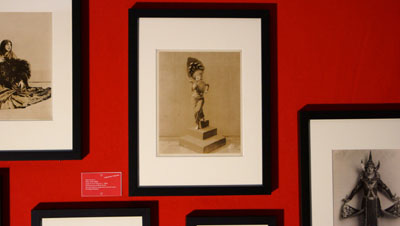 |
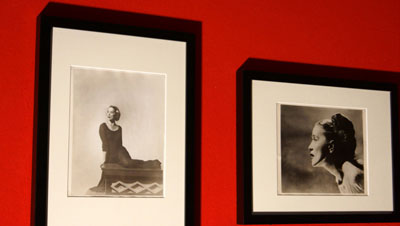 |
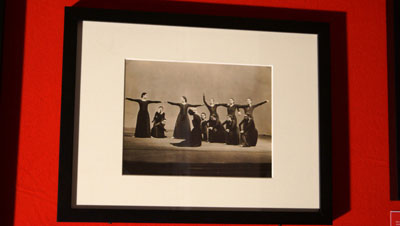 |
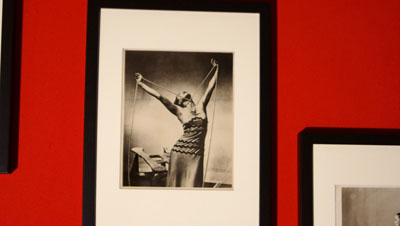 |
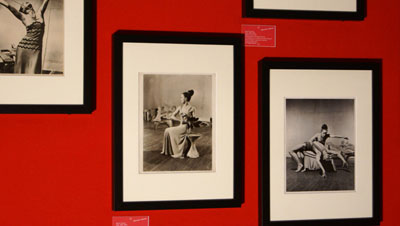 |
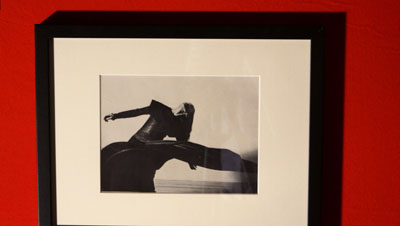 |
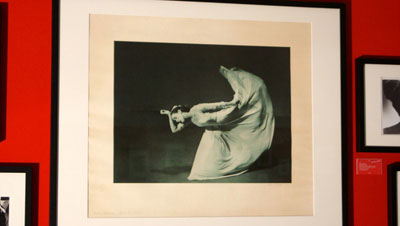 |
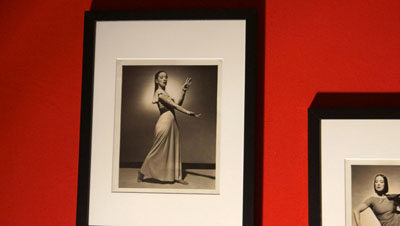 |
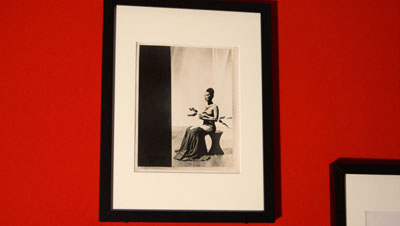 |
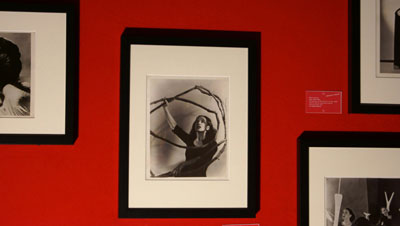 |
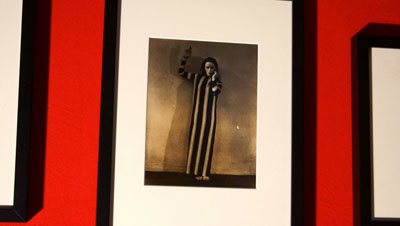 |
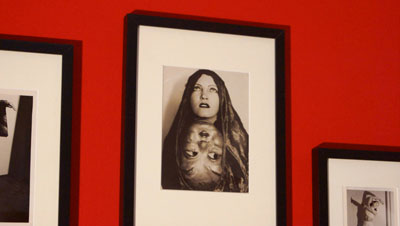 |
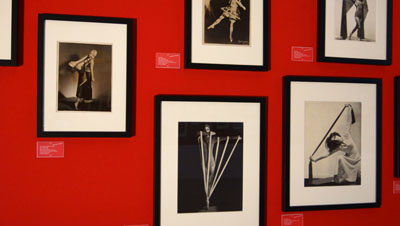 |
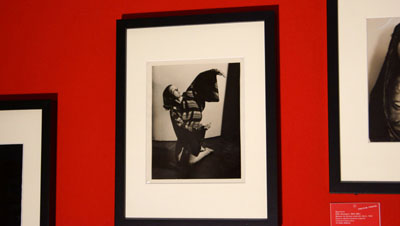 |
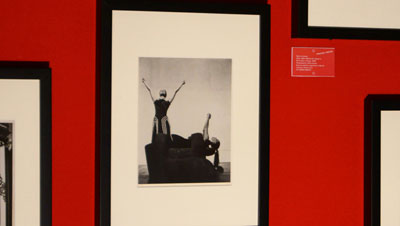 |
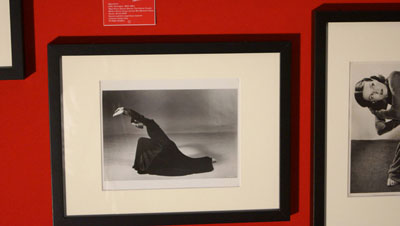 |
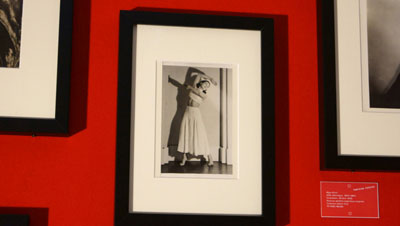 |
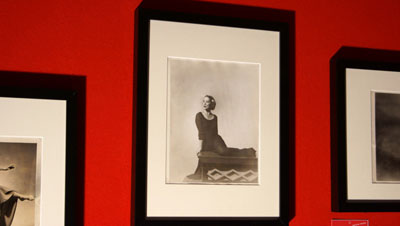 |
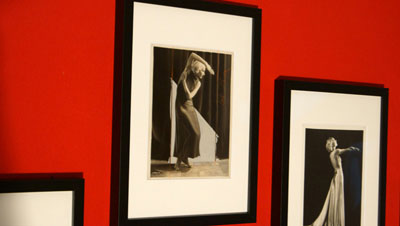 |
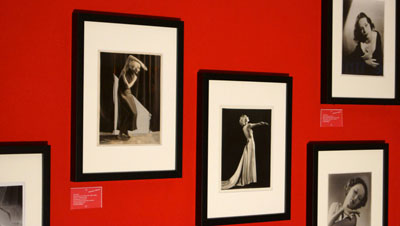 |
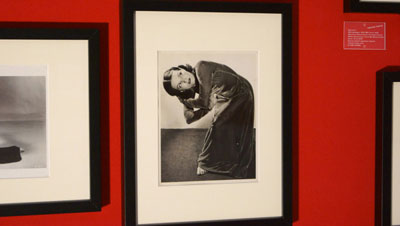 |
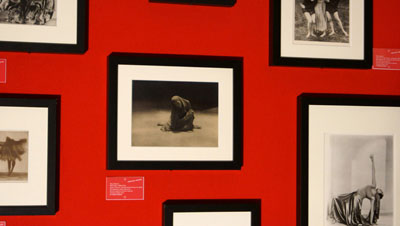 |
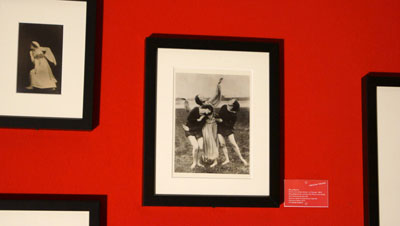 |
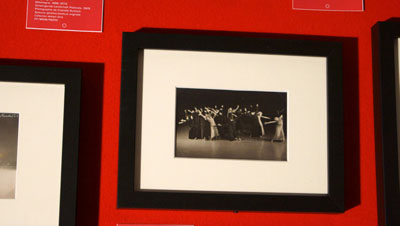 |
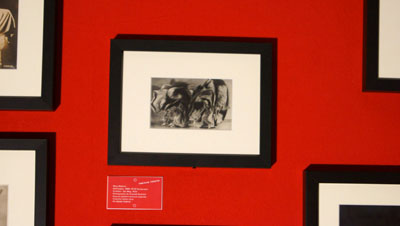 |
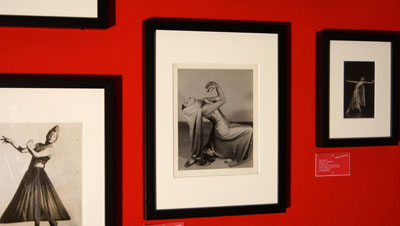 |
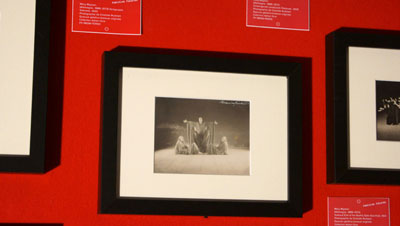 |
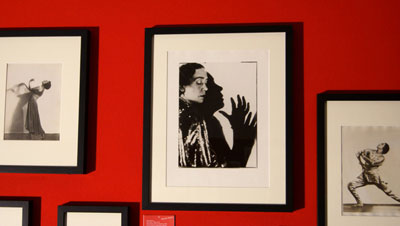 |
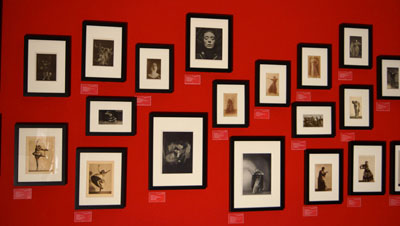 |
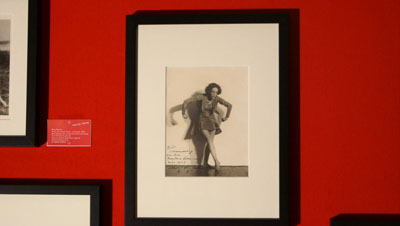 |
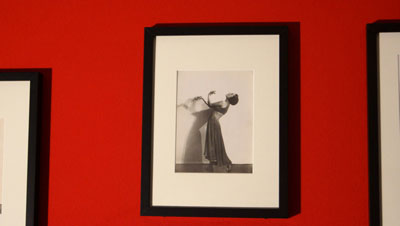 |
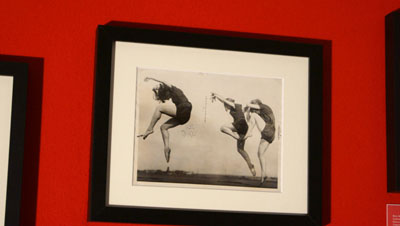 |
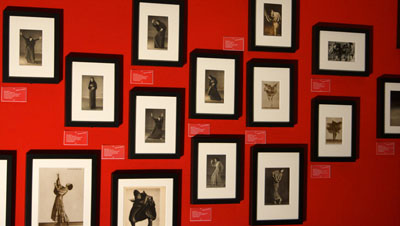 |
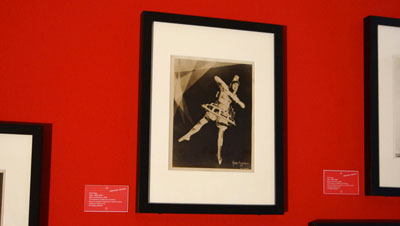 |
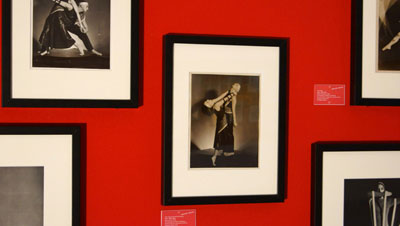 |
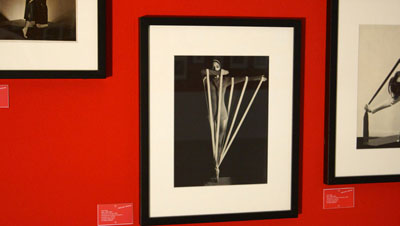 |
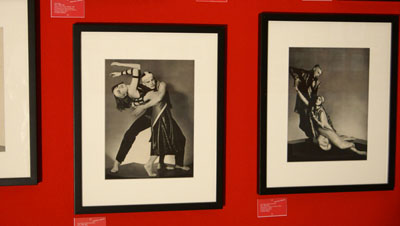 |
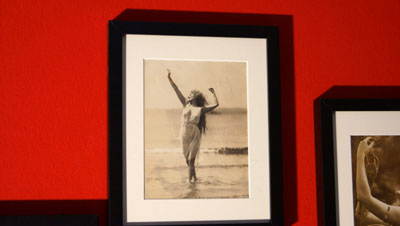 |
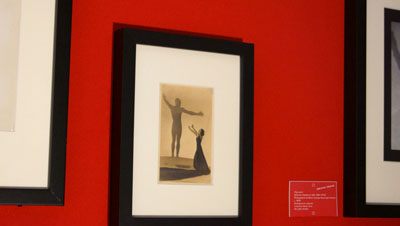 |
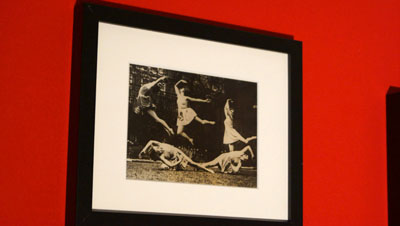 |
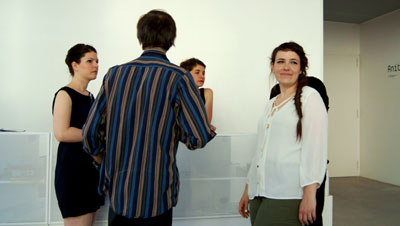 |
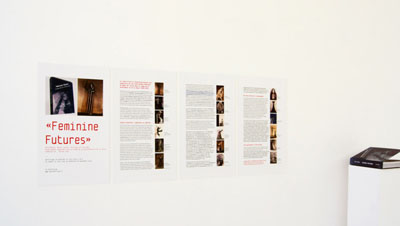 |
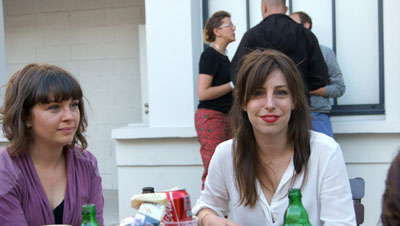 |
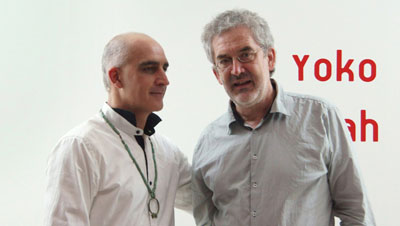 |
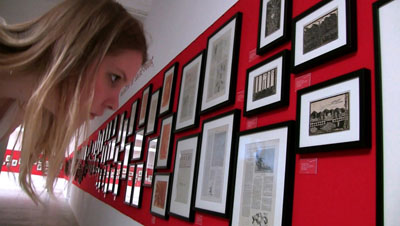 |
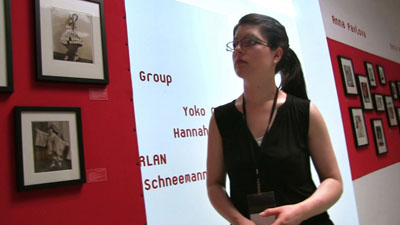 |
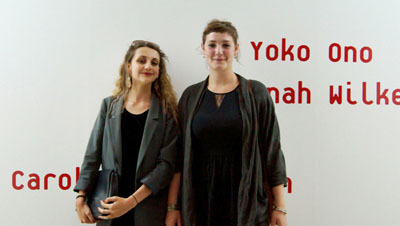 |
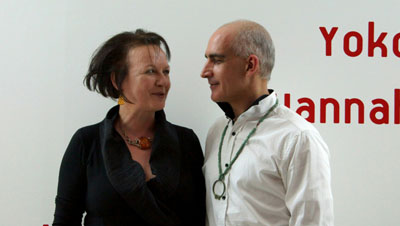 |
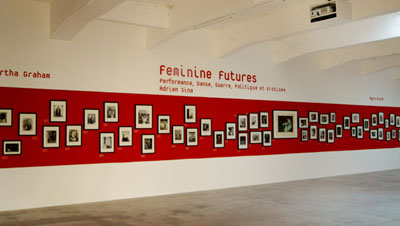 |
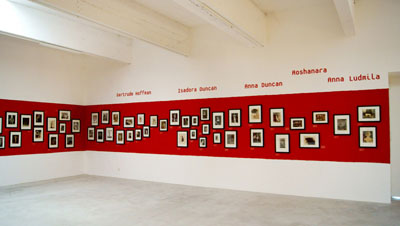 |
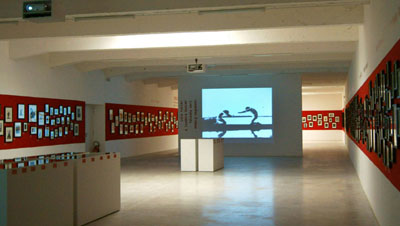 |
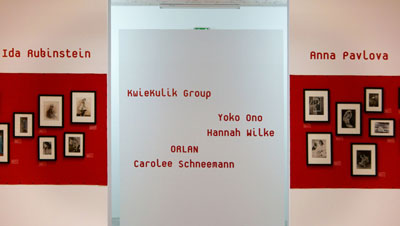 |
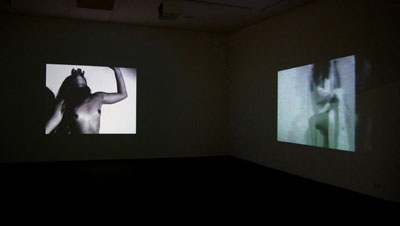 |
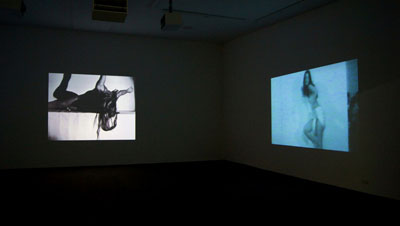 |
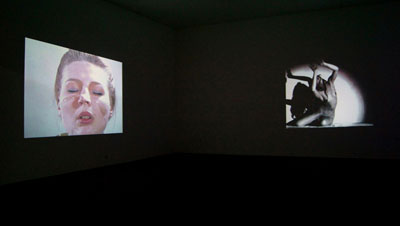 |
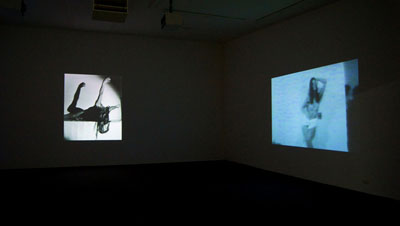 |
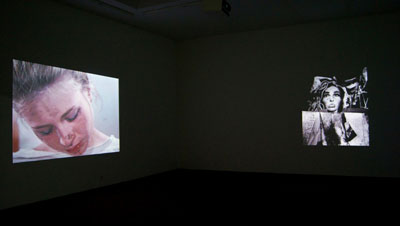 |
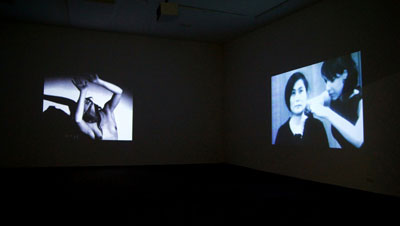 |
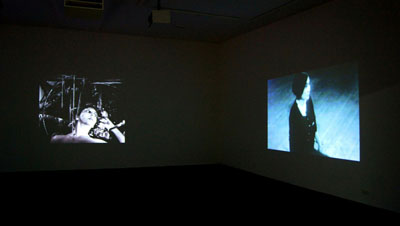 |
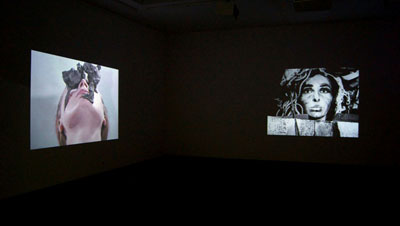 |
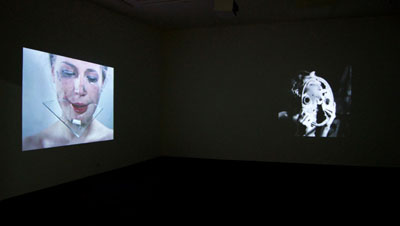 |
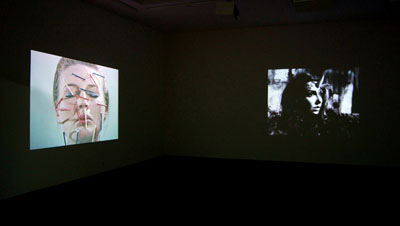 |

Precursor exhibition, the first step of ‘Feminine Futures’ was staged for RoseLee Goldberg’s PERFORMA Biennial in New York, 2009. During the process of its elaboration it contributed to the historical sections of ‘Art, Lies and Videotape: Exposing Performance’ (2003) at Tate Liverpool, ‘Traces du Sacré’ (2008) and ‘Danser sa vie’ (2011) at the Pompidou Centre, ‘Futurism’ (2009) at Tate Modern and ‘Inventing Abstraction’ (2013) at MoMA, through knowledge transfer, theoretical essays in related publications and key loans. In 2015, the exhibition is eagerly awaited in other European cities and in China.
‘Feminine Futures’ is structured around a unique collection including original photographs, manuscript letters, drawings, manifestos, programmes and and first editions. 600 items, mostly unknown will be featured in a space of over 600 m2: a constellation of sources will give new impetus to research on French and Italian Futurism, Abstraction, the Russian Ballets, European and American Expressionism, and other more independent fields of modernity.
Pioneering, unusual or forgotten figures
The history of the early twentieth century female avant-gardes, concerned with the body, dance or performance , was forged independently of dominant artistic movements. The female figure, sublimated and idealised through the literary fantasies of Symbolists, rendered hysterical via the earliest ‘psychopathological’ investigations gave way to an unequalled degree of expressiveness and freedom. The appropriation by women of their own modernity and the invention of multiple hypotheses as regards the Future Woman, open up new perspectives, suggesting a radical transcendence of the fine arts disciplines via actions where the body was seen in itself as a fully-fledged work of art.
This return to origins facilitated a new stage of research as regards the multiple origins modernity in these unexplored areas of ephemeral action. Here one arrives at the origins of performance and the multi-disciplinary practices which have inspired several generations of artists through the twentieth century up to today. A profound affiliation links these artists who live their avant-garde experiments as a response to deep forces rooted in the psychology of desire and the reconstruction of a myth of the feminine ; a myth that erases the memory of all their subservience submissions and bestows upon them their lost political power which still remains to be regained.
The most well-known major artistic movements can hide minor practices tucked away in hidden corners, small notes of dissidence grafted into larger works, as a manifesto within a manifesto : an isolated case of invention, a singular heterotopia within a larger isotopia.
Such was the radical idea that F. T. Marinetti deleted with a huge cross in blue crayon, from the manuscript of his Futurist Manifesto, thus removing it from the first printed edition of 1909, considered as the starting point of the movement: ‘We condemn art as achievement, we conceive it as a movement, as a draft. Art is simply a possibility of absolute conquest. For the artist to realise the work is to die.’ These words could totally reshape avant-garde histories, or lead to quite alternative artistic practices. This is also the case of the words ‘Feminine Action’ with which Valentine de Saint-Point characterises her position as the first and only woman artist to be part of the executive board of the Futurist movement, while all the male protagonists paradoxically appear under classical artistic sections such as Poetry, Painting, Sculpture and Music.
As the major idea developed in 1913 in her Manifesto of Lust : ‘We must turn lust into a work of art’ since ‘the flesh creates as the spirit creates’, ‘Feminine Action’ heralds a unique project, an artistic or political attitude of greater impact than the production of exhibitable objects. ‘Feminine Action’ distinguishes itself from the feminism of the times, introducing an emancipated equivalent in the artistic arena where highly visible strategies of provocation and paradigm shifts are required.
In this search for a renewed genealogy of the history of body actions ‘Feminine Futures’ favours founding figures whose creative range is still hardly known. It pursues their development from their earliest works to the end of their lives. It also highlights little-known or indeed unknown pieces by artists whose names already have a resonance in our minds:
Loïe Fuller (1862-1928), Isadora Duncan (1877-1927), Anna Duncan (Anna Dentzler, 1894-1980), Valentine de Saint-Point (1875-1953), Ruth St. Denis (1878-1968), Gertrude Hoffman (1871-1966), Anna Pavlova (1881-1931), Vera Petrovna Fokina (1886-1958), Ida Rubinstein (1888-1960), Désirée Lubowska, Milada Mladova (1921-), Roshanara (Olive Craddock, 1894-1926), Jia Ruskaja (Evgenija Borisenko, 1902-1970), Giannina Censi (1913-1995), Evan Burrows Fontaine (1898-1984), Mary Wigman (1886-1973), Gret Palucca (1902-1993), Grete Wiesenthal (1885-1970), Hedwig Hagemann, Valeska Gert (1892-1978), Vera Skoronel (1906-1932), Clotilde von Derp (1892-1974), Niddy Impekoven (1904-2002), Gisa Geert (1900-1991), Sent M’Ahesa (Else von Carlberg, 1883-1970), Katherine Cornell (1893-1974), Leni Riefenstahl (1902-2003), Tashamira (Vera Milcinovic, 1904-1995), Tilly Losch (1903-1975), Margaret Morris (1891-1980), Nini Theilade (1915-), Yvonne Georgi (1903-1975), Maja Lex (1906-1986), Martha Graham (1894-1991), Doris Humphrey (1895-1958), Hanya Holm (1893-1992), Ruth Page (1899-1991), Myra Kinch (1904-1981), Gertrude Lippincott (1913-1996)...
And some of their male intellectual partners:
F.T. Marinetti (1876-1944), Ricciotto Canudo (1877-1923), Vaslav Nijinsky (1890-1950), Enrico Prampolini (1894-1956), Ardengo Soffici (1879- 1964), Luigi Russolo (1885-1947), Umberto Boccioni (1882-1916), Morgan Russell (1886-1953), Vivian Postel du Mas, Anton Giulio Bragaglia (1890-1960), Mario Castagneri (1892-1940), Tato (Guglielmo Sansoni, 1896-1974), Elio Luxardo (1908-1969), Rudolf von Laban (1879- 1958), Harald Kreutzberg (1902-1968), Erick Hawkins (1909-1994)...
Another history of photography
Dance, movement, body language and photography come together here in an extraordinary way. Genuine artistic strategies subtend the technical processes and their specific pictorial qualities, that will result in the contribution of these new creative work to our collective memory. The unique photographs shown in Feminine Futures are also precious examples of the history of photography. Through half a century of changing practices, from 1890s to 1940s, albumen paper, silver or radium bromides, silver prints, chemical experiments with the chromatic spectrum, all develop to the point of the self-destruction of visible matter. Such was the case of an exceptionally photodynamic feminine and futurist photomontage of the 1920s by Mario Castagneri, never before catalogued: the missing link between futurist photographs of the 1910s by Anton Giulio Bragaglia and those by Elio Luxardo or Tato of the 1930s.
The highest degrees of aesthetic and artistic prowess are attaineded with the collaboration between choreographers and photographers such as Loïe Fuller with Isaiah West Taber or Harry C. Ellis; Vera Fokina or Anna Pavlova with Hixon-Connelly or Herman Mishkin; Ruth St. Denis with Otto Sarony, Lou Goodale Bigelow or Nickolas Muray; Isadora Duncan with Arnold Genthe; Anna Ludmila with James Wallace Pondelicek; Katherine Cornell or Hanya Holm with Florence Vandamm; Roshanara or Désirée Lubowska with Underwood & Underwood; Mary Wigman or Gret Palucca with Ursula Richter, Charlotte Rudolph, Hugo Erfurth, Hans Robertson, Siegfried Enkelmann, Albert Renger-Patzsch or Edmund Kesting; Tilly Losch with Trude Fleischmann, Emil Otto Hoppé, Alexander Stewart or George Hoyningen-Huene; Valeska Gert with Suse Byk or Alexander Binder; Ruth Page, Yvonne Georgi and Harald Kreutzberg with Maurice Seymour or Maurice Goldberg; Martha Graham with Soichi Sunami, Barbara Morgan, Chris Alexander, Ben Pinchot or Philippe Halsman...
Experimental film and dance film
The exhibition space is punctuated by film projections which connect this first genealogy in photographs to pioneering experiments in the field of performance in the 1970s:
Isadora Duncan, Loïe Fuller, Ruth St. Denis, Rudolf von Laban, Tilly Losch (Norman Bel Geddes), Mary Wigman, Valeska Gert, Hedwig Hagemann, Jia Ruskaja, Mary Binney Montgomery (Emlen Etting), Stella Simon & Miklós Bándy, Martha Graham, Carolee Schneemann, Hannah Wilke
(Jean Dupuy), Yoko Ono, ORLAN, Zofia Kulik - KwieKulik...
FEMININE FUTURES – PERFORMANCE, DANCE, WAR, POLITICS & EROTICISM. Curated and edited by Adrien Sina 512 pages. 2500 illustrations. Les Presses du réel, 2011



| © Adrien Sina |
